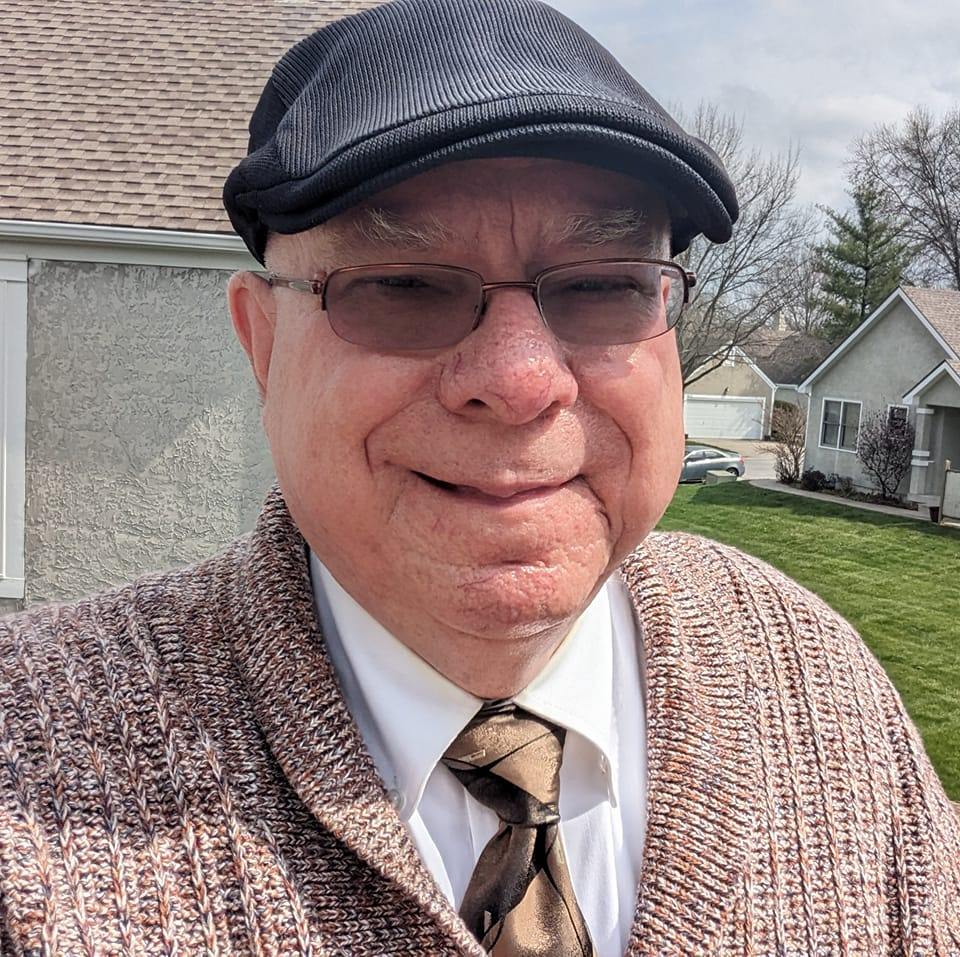What to Do When a Drunk Comes to the Shelter
 Some organizations use breathalyzer machines to keep all intoxicated individuals out of their shelters. Those who “blow” over the legal limit for intoxication (in most states it is a .10 blood/alcohol content) are not allowed to stay for the night. In my opinion, this strict policy may actually prevent us from reaching people with the Gospel and the message of recovery. The fact that they come to the mission intoxicated certainly tells us they have real needs in their lives! Still, there are situations where we should not offer shelter services to intoxicated individuals.
Some organizations use breathalyzer machines to keep all intoxicated individuals out of their shelters. Those who “blow” over the legal limit for intoxication (in most states it is a .10 blood/alcohol content) are not allowed to stay for the night. In my opinion, this strict policy may actually prevent us from reaching people with the Gospel and the message of recovery. The fact that they come to the mission intoxicated certainly tells us they have real needs in their lives! Still, there are situations where we should not offer shelter services to intoxicated individuals.
The main question is: “Are we ‘enablers’ or ‘interveners.'” To “enable” means to provide “help” that actually allows people to continue in destructive ways. Being “interventive” means to develop strategies that work to disrupt destructive cycles and assist people to develop new, healthy lifestyles. By develop a definite strategy for dealing with intoxicated individuals we can intervene in their lives. Let’s take a look at some approaches that could be taken.
A. The Ideal Situation – The best way to deal with intoxicated individuals who need shelter is to have a dedicated “wet dormitory” that serves as a special detox center. This type of program requires 24-hour staffing by people who understand the medical issues involved in detoxification from alcohol and drugs. It takes approximately 72 hours for the body to become free of mood altering drugs. So, the stay in detox should be three days. During that time, basic intake forms, addiction assessments, and other evaluation tools would be administered to the individual. During their stay they would be introduced to the rescue mission’s long-term recovery program. After three days, they may choose to move into the program or move to the mission’s emergency shelter for a limited stay.
B. Other Situations – I believe intoxicated people who come to the shelter for the first time should be allowed to stay as long as they are not disruptive. Once they are sober, we should make a special effort to reach out to them and introduce them to the mission’s recovery program. Those facilities that do not offer such a long-term program need referral arrangements with other rescue missions in nearby cities who do. Or, they need a relationship with local agencies that offer addiction treatment services. With this sort of arrangement in place,the person needing shelter can be presented with the opportunity to stay for a few days, with the understanding that they will enter a program when they are able.
C. Avoiding Enabling – The “worst case” scenario is to simply offer shelter to anyone, any time, with no stipulations. Offering a bed to a person so that they can get drunk as often as they like and still have a place to “crash” is not helping them. Instead, we end up becoming a part of the problem. I am not advocating denying shelter to people when the temperature is 40 below zero – there are extenuating circumstances. But, what I do advocate is setting limits on the services we make available to those individuals with whom we have repeated contact. Here are few “rules of thumb” to consider:
- Never try to “minister” to an intoxicated person – They probably will not even remember what you say to them the next day. Instead, gently lead them to a place where they can sleep it off and then speak with them.
- Limit the number of “free” shelter nights offered –At many rescue missions, 3-7 days of completely free nights are given. After that period, those who stay must do some sort of work in the facility, or pay some nominal amount (even $1.00 a day) for a bed. Others require that individuals who stay beyond the initial “free” period to actually demonstrate that they are working to improve their lives. This could mean making a certain number of contacts each day in search of a job, participation in support group meetings and classes, or saving up money for housing if they already have a job.
- Restrict shelter for those who do not want to change – For those individuals who constantly show up at the rescue mission intoxicated, it is important to draw the line on which services will be offered to them. A few nights a year might be appropriate, but, in some cases, we may need to simply tell them that no overnight shelter is available – except in the long-term recovery program.
In conclusion, dealing with homeless alcoholics and drug addicts requires some thought and prayers for discernment. It also requires good record-keeping and a strategy for dealing with specific individuals who look to us for assistance.



